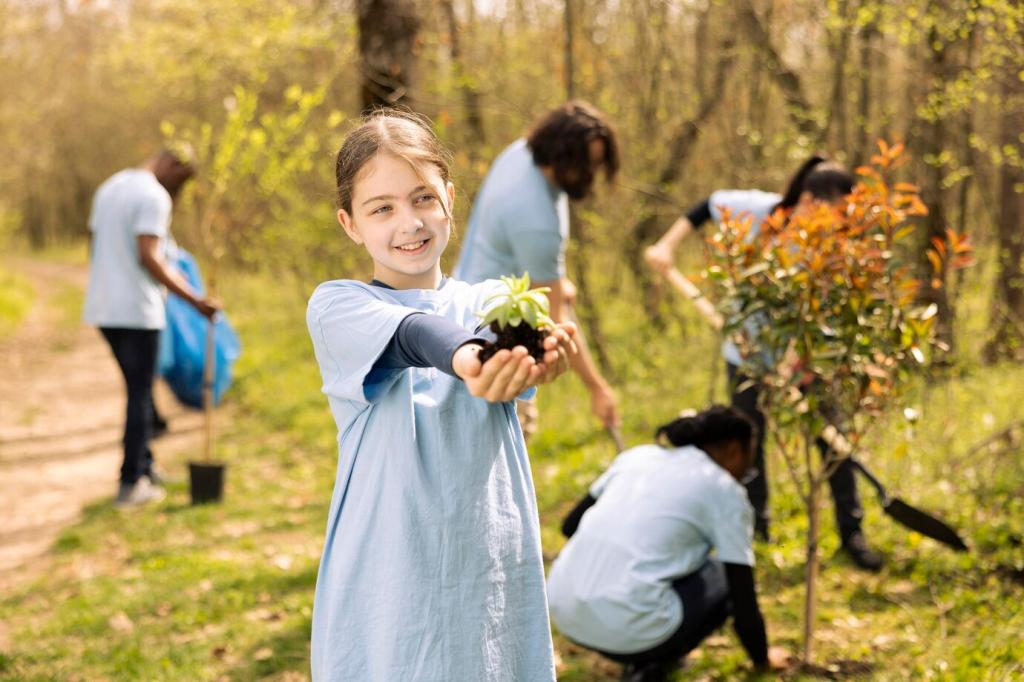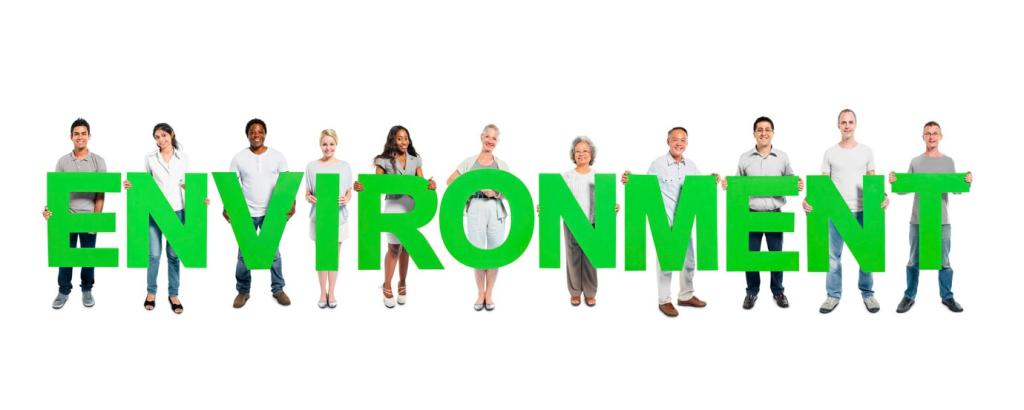Sustainable Learning Practices with Educational Technology
Chosen theme: Sustainable Learning Practices with Educational Technology. Explore how thoughtful tools, humane pedagogy, and low-impact habits create learning that lasts, scales, and includes everyone. Join the conversation, subscribe for fresh insights, and share how you make learning sustainable.
Foundations of Sustainability in EdTech
01
Sustainable learning blends long-term knowledge retention, equitable access, low environmental impact, and adaptable design. It values outcomes over novelty, embraces continuous improvement, and ensures tools remain useful even when budgets, bandwidth, or circumstances change dramatically.
02
Start with learning goals, then choose technology that clarifies, not complicates. Favor tools that support active learning, formative feedback, and spaced practice. If a feature does not strengthen understanding, remove it to reduce distraction, fatigue, and unnecessary resource use.
03
A community college replaced flashy weekly video lectures with short audio briefings and annotated slides. Completion rates rose, data use dropped, and students thanked instructors for clarity. Purposeful restraint proved more sustainable than ever-growing production and bandwidth demands.

Modular content with clear versioning
Build lessons as small, independent modules with stable learning objectives and transparent version numbers. This allows instructors to revise one module without breaking the whole course, saving time, preventing duplication, and making continuous improvement manageable for busy teams.
Open Educational Resources as a foundation
Adopt open licenses to enable remixing, translation, and shared maintenance. One district co-authored a biology unit with neighboring schools, reducing textbook costs and ensuring updates after new discoveries. Openness spreads the maintenance load and keeps content culturally responsive.
Invitation to co-author with your community
Have you transformed a lesson into a reusable, open module? Share your approach and subscribe for templates, rubrics, and checklists. Your contributions can help other educators reduce rework, keep materials current, and design with longevity from the very beginning.
Energy, Attention, and Time Efficiency
Microlearning and spaced repetition
Break concepts into bite-sized activities paired with spaced repetition. Short quizzes, flashcards, and reflective prompts reinforce mastery without long streaming sessions. Students remember more with fewer hours, reducing screen fatigue and making learning both effective and efficient.


Low-bandwidth, high-impact media choices
Prefer text and diagrams for fundamentals, then add optional lightweight audio or captioned animations. Offer downloadable PDFs and transcripts for offline use. This approach lowers data costs, shrinks your carbon footprint, and makes materials accessible on older or shared devices.
Accessibility and Equity as Core Sustainability
Provide multiple ways to engage, represent content, and demonstrate understanding. Caption videos, use alt text for images, ensure keyboard navigation, and offer flexible deadlines. These choices help many learners, not just a few, and reduce the need for case-by-case fixes.

Data-Lite Analytics and Privacy-First Improvement

Track core indicators like concept mastery, attempt patterns, and time-on-task windows rather than every click. Aggregate data at class or module level to spot bottlenecks, then adjust instruction without creating surveillance or overwhelming dashboards that dilute actionable insight.
Communities of Practice and Teacher Capacity
Host monthly micro-workshops focused on one practice, like creating accessible slide decks or crafting spaced quizzes. Record short recaps, share checklists, and celebrate small wins. Consistent, manageable growth beats one-time marathons that fade before habits take root.


Communities of Practice and Teacher Capacity
Invite students to review clarity, workload, and accessibility. Student advisory panels often surface friction points teachers miss. When learners co-design rubrics and feedback loops, motivation and ownership rise, and course changes land better because they reflect lived experience.

